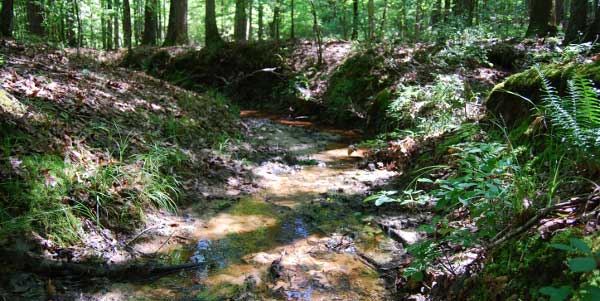Freshwater Assessments
Louisiana
The Louisiana Freshwater Assessment is currently under construction. We are taking some time to build new tools and update some old favorites. Watch this space for new tool launches soon. In the meantime, Louisiana’s Freshwater Network page will take you to our Ag Conservation Delivery tool.

Louisiana is a diverse geography which features, coastal plains, prairies, uplands and vast stretches of agricultural lands. With its 8 million acres of agricultural fields, Louisiana farmers supply our state, country, and the world with sustenance in the form of commodities. The process of intensive farming practices can in some cases lead to excess sediment and or nutrient loading in our state waterways. Working with the natural resource conservation service (in RCS) farm producers have the opportunity to reduce nutrient or sediment runoff from their farms which will improve the sustainability of food production.
In 2018, The Nature Conservancy was awarded a Conservation Innovation Grant (CIG) from The Natural Resources Conservation Service (NRCS) to produce a web-based tool that would aid NRCS staff in making planning and assessment decisions about the application of agricultural conservation practices in Louisiana. The objective was to create a tool that allows for the estimation of change in sediment and nutrient loadings delivered to a local stream reach when implementing an individual or set of conservation practices (also called Best Management Practices or BMPs). The working science behind this tool is the concept that crops, and other land uses have predicted nutrient and sediment runoff rates and that those rates can be improved by either changing the land use or by applying BMPs within the agricultural fields.
The backbone of this tool is RTI’s WaterFALL® hydrologic model which uses slope, elevation, soil type, and climate patterns among other factors to accurately model rainfall runoff. For this project, the model was enhanced with the important addition of water chemistry modeling. This makes the model capable of estimating current nitrogen, phosphorus and sediment loads based on the most recent available land cover data. This tool incorporates known reduction efficiency rates for various BMPs to estimate the load mitigating effect of BMPs applied to a certain acreage of a particular crop. This tool makes it possible to simulate a conservation practice (BMP) and calculate the reduction in nutrients and sediment that is delivered to the stream. The Conservation Delivery Application (CDA) will be used by NRCS staff to support the planning and implementation of the application of BMPs to agricultural lands in Louisiana.
Photo credits this page ~ Main image: Bridget Besaw